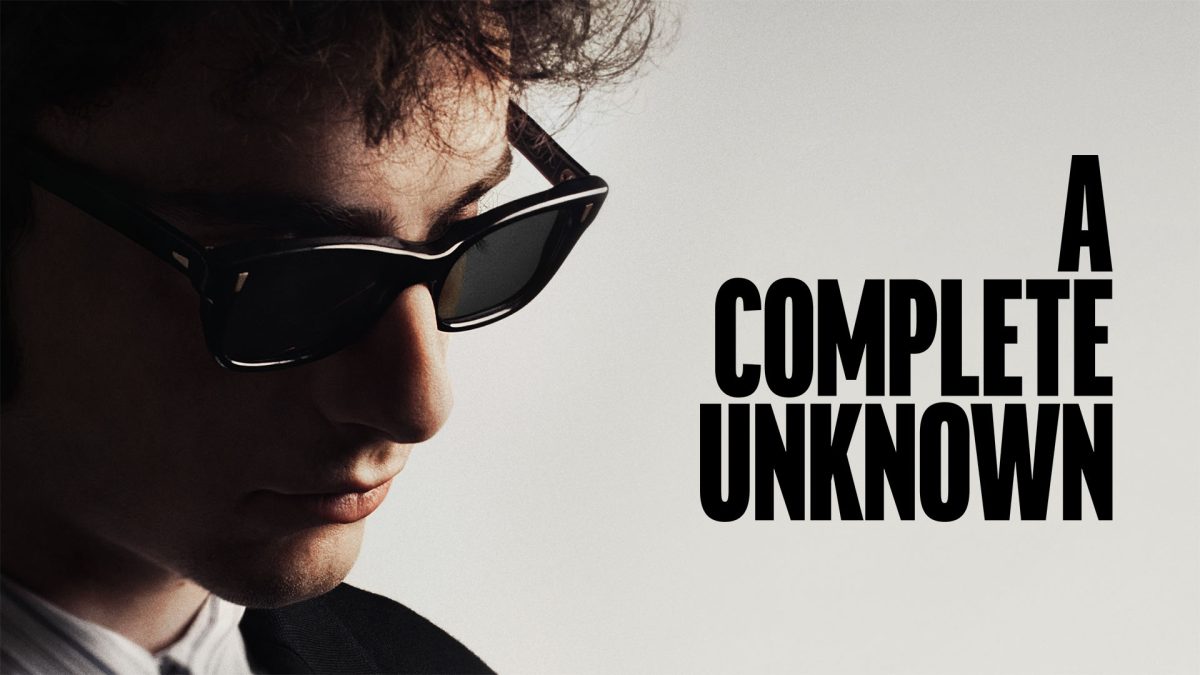Imagine a world where you could do anything you wanted, create anything you wanted, build anything you could image — after harvesting the necessary resources, of course. A world where everything — the trees, the chickens, the precious metal — was yours for the taking, so long as you could survive the nightly attacks by zombies, skeletons, giant spiders, and even more disturbing enemies. And so long as you could avoid being killed by various hazards, such as lava and fall damage.
Welcome to Minecraft, where each world spreads out infinitely beyond the horizon.

Created by Swiss game developers Marcus “Notch” Persson and Jens “Jeb” Bergsensten, and published by Persson’s company Mojang, Minecraft is what’s known as a sandbox game, where the world is there for the player to explore and interact with as they wish. The alpha pre-release was made available in 2009, and the game was available for purchase during its development. Minecraft’s beta pre-release came about in 2010, and the full version of the game was released in Nov. of 2011 at an event called Minecon. Even before its official release, the game had been purchased and downloaded by over 4 million people.
Minecraft has two main gameplay modes. In Survival, resources are limited and monsters (often referred to as mobs) spawn in dark places. In Creative, all items are available to the player in unlimited quantities and mobs are not a threat. The game can be played in either Singleplayer or Multiplayer mode. Setting up a Multiplayer world, known as a server, is a much more complicated process than creating a Singleplayer world, but it can also be very rewarding. Servers are places where members of the Minecraft community can come together to chat and help each other with building projects. Of course, you might also find the occasional griefer on servers — a player who goes around purposely destroying other people’s work.
Recently, the Ann Arbor District Library launched its own server, which currently features a street map of Ann Arbor. With some hard work, the library hopes to build a version of Ann Arbor inside the Minecraft map. Eli Neiburger, Associate Director of IT and Production at AADL, is excited to see what will come of the server. “What we’re trying to do, and we’ll see how far we get with it, is is to load our server with copies of Ann Arbor … and that’s not so easy. We want to get the topography right, so that the shape of town is in the right place … and then drop the street grid onto it, so that it’s like, ‘Okay, I’m here at the corner of Main and Liberty.’”
Neiburger hopes to have many versions of Ann Arbor on the server, with each version representing a different time period in the history of the town. “Ann Arbor is so small compared to a Minecraft world that we can have multiple copies of Ann Arbor. So we’ll have like 1850 Ann Arbor, 1900 Ann Arbor, 1950 Ann Arbor, 2000 Ann Arbor …. And because we’re going to do it basically pretty close to one-to-one, you won’t have to spend a lot of time on fine details, it’s just like you want to get the basic shapes of the buildings right, and basic locations of windows.”
On Sat. May 26, the AADL server was unveiled and opened to the public. The launch event, which was hosted by the downtown library, had a surprisingly large turnout, with 49 people cramming into a room that contained only 15 computers.

The event was held mostly to test the capabilities of the server, so dangerous items like lava and the fire-creating flint-and-steel had not yet been turned off. “We’re just stress-testing the server at this point and seeing how many logins it can handle,” said Matt Dubay, a library employee and the facilitator of the event. “Right now people are just destroying everything in sight.” And with players creating towers of lava, setting things on fire, and blowing holes in the street grid with TNT, that wasn’t an exaggeration. “We griefed the heck out of downtown,” one player later commented using the server’s chatbox feature.

Despite the initial abuse of explosives, the server is now up again and running nicely, and griefing tools have been disabled. Players have begun building buildings and paving roads.
Neiburger has high hopes for the server, and plans to install Minecraft on all of the library computers so that “people who don’t have a copy of Minecraft can just come to the library and play.” Neiburger also has plenty of ideas for things that players could collaborate on to make into a reality. “For example, there were some really cool train crashes toward the end of the 19th century, and I think it would be really fun to have minecarts where you can ride the trolley, because there used to be trolleys all over Ann Arbor, and that would be a really fun thing to see in turn-of-the-century Ann Arbor.” Neiburger hopes to eventually add a fantasy version of Ann Arbor to the server, creating a place where players can let their imaginations run wild. With some hard work and a little luck, the AADL server could become a place for the community to come together and collaborate without having to fear TNT.
More information about the AADL server will soon be available here.










